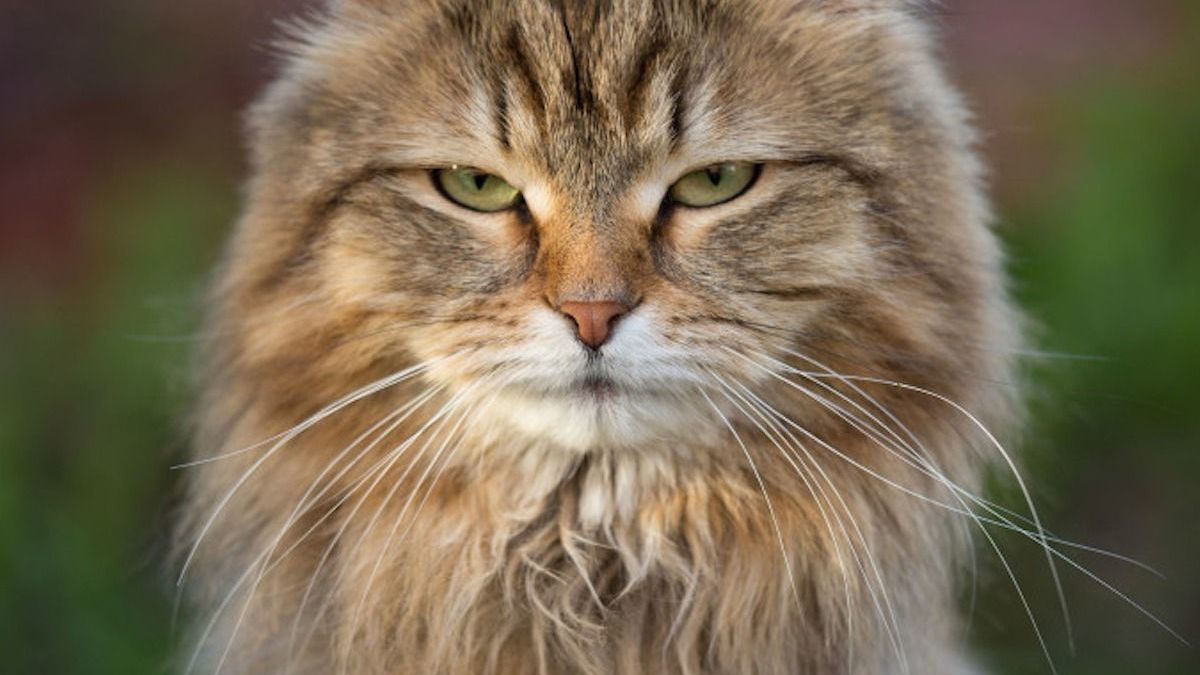
On the occasion of International Cat Day, Tuesday August 8, we help you to decipher the behavior of your animal. It’s not always easy to know if our favorite felines just want to have fun or if they’re really looking for a fight. To get to the bottom of it, and because there is little scientific evidence to elucidate this mystery, researchers conducted the investigation.
Your fur ball is a pearl: with you, it’s double ration of hugs every day and purring as a bonus! But as soon as his path crosses that of another feline, you have the impression that your cat takes on another personality. In reality, you don’t know if his very sociable character makes him want to play with his congeners… or if he is fighting to mark his territory. And you are far from the only feline owner to ask yourself the question!
Is your cat a player or a fighter?
To help us see more clearly, Slovak researchers carried out a study published last January in the journal Scientific Reports. “We discovered that there was actually very little scientific evidence to guide us in answering this question, so we decided to go ahead and study cat interactions”explains to the newspaper The Guardian Noema Gajdoš-Kmecová, researcher at the University of Veterinary Medicine and Pharmacy in Košice (second city of Slovakia) and lead author of the research.
Noema Gajdoš-Kmecová’s team carried out a meticulous analysis of 105 videos found on Youtube and featuring interactions between several cats (210 felines in total). Based on these images, as well as the feedback from several tomcat owners, the research team has listed several distinctive elements to tell if your cat is a little joker who likes to play with fellow cats or s he has more of a fighter’s soul.
Listen carefully and listen for the meows!
The study was based on the frequency and duration of six distinctive behavioral elements of cats (noises, postures, tail and paw gestures, etc.). And according to the observations made during this research, the most revealing element in determining whether two cats are playing or fighting is the sound level. “When cats are young, fighting and not making sound, they are most likely playing“, suppose the authors of the study.
Other unmistakable signs? Pursuits, prolonged motionless postures or the act of pulling out the claws. Actions identified, there too, as behaviors suggesting more aggressive than playful interactions. The authors of the study point out, however, that felines are likely to oscillate between play and fight and that there is also an intermediate state between these two types of attitudes.
“It is important to recognize that interactions can differ from day to day, and even occasion to occasion, as immediate needs and wants vary. A single incident does not predict the relationship”, say the researchers. So don’t panic if you have two cats bickering a bit at home. Keep an eye out, listen carefully and watch the situation develop carefully!
